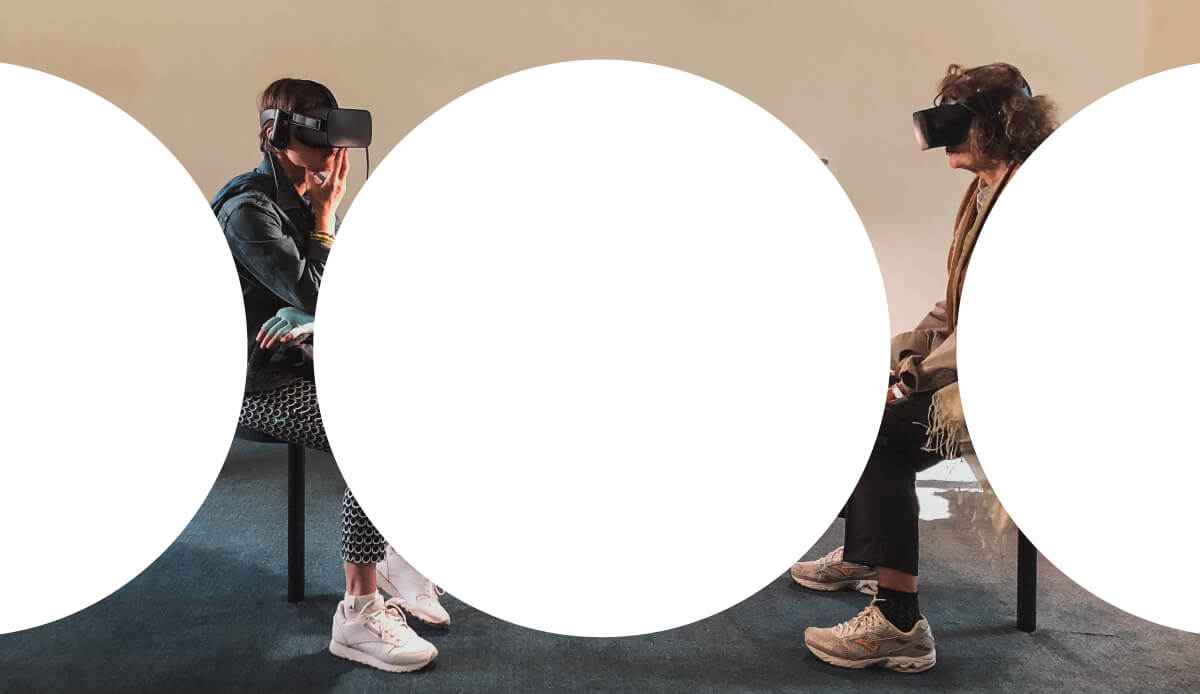Is Virtual Reality the next channel for digital marketers?

Insights on Virtual Reality by Johnnie Farquhar, Executive – Buying, M+C Saatchi Performance
In his annual post, Mark Zuckerberg has claimed that Virtual Reality and Augmented reality “will redefine our relationship with technology” in the 2020s. Where mobile phones dominated the 2010s, the web in the 2000s, and desktop computers in the 1990s, Zuckerberg has pinpointed VR and AR as the next decade’s ground-breaking platform. If this is the case, marketers need to be primed to take advantage of it as the next channel for digital media. The question is, are they ready?
Virtual Reality isn’t new to marketers. Initial excitement over its all-encompassing user-experience and potential to reach new levels of engagement has quickly given way to skepticism over its practical application within media. Despite this, innovators have created successful Virtual Reality campaigns with unique experiences. As early as 2015, Nike adopted Virtual Reality to promote its HyperVenom soccer boot with a 90-second video where the user gains the perspective of sporting superstar Neymar Jr with a 360-degree view as the player defeats the opposition and scores an exciting goal. Unlike viewing a standard ad, the user is immersed in the brands world with little room for distraction from its message. Video may be the most immersive form of storytelling today, but Virtual Reality has the potential to bring even greater levels of engagement. Think, for example, of how a travel brand could transport a user to a place that they have previously searched for.
Rather than falling victim to its sensory lure, up until recently, marketers have been slow to adopt Virtual Reality as a plausible digital media tactic. Virtual Reality has been criticised as only being fun and somewhat gimmicky, rather than an emerging technology that can benefit marketing. While many factors are preventing Virtual Reality from entering mainstream marketing, these are the most significant obstacles:
1: Reach
Having hit a record high of 10 million devices sold in 2017, the growth of sales has stagnated, with this figure falling to 8 million in 2018 (compare this to the 2.71 billion smartphone users in 2019). Marketers want their ads to be seen and Virtual Reality isn’t yet reaching the necessary audience to drive ROI. It’s only when VR technology becomes portable and accessible we will see a significant increase in its adoption at a consumer level and therefore an advertiser level.
2: Creative
Creating VR content requires a lot of time, resources, and budget. Unlike other forms of content, VR can’t be repurposed to fit the needs of other channels. Alongside a higher cost, VR creative has the added pressure that the only way to disengage with the ad is to remove the headset. The ad must be captivating and engaging to avoid damage to the user experience – and potentially the brand.
3: Tracking
Since there are no actions for users to take from ads (clicks, downloads, etc.) marketers are currently unsure how to track performance or identify KPIs. There is potential to treat VR in the same manner as video, which has already proven its value to performance campaigns, but this needs to be tested.
While these obstacles may be holding VR back from full-scale adoption, with future advancements in ad tech, intricate tracking methodology, and inventive creative strategies, VR has the potential to become a gamechanger in customer engagement within future marketing campaigns.
Change the way you think about media, talk to us here

